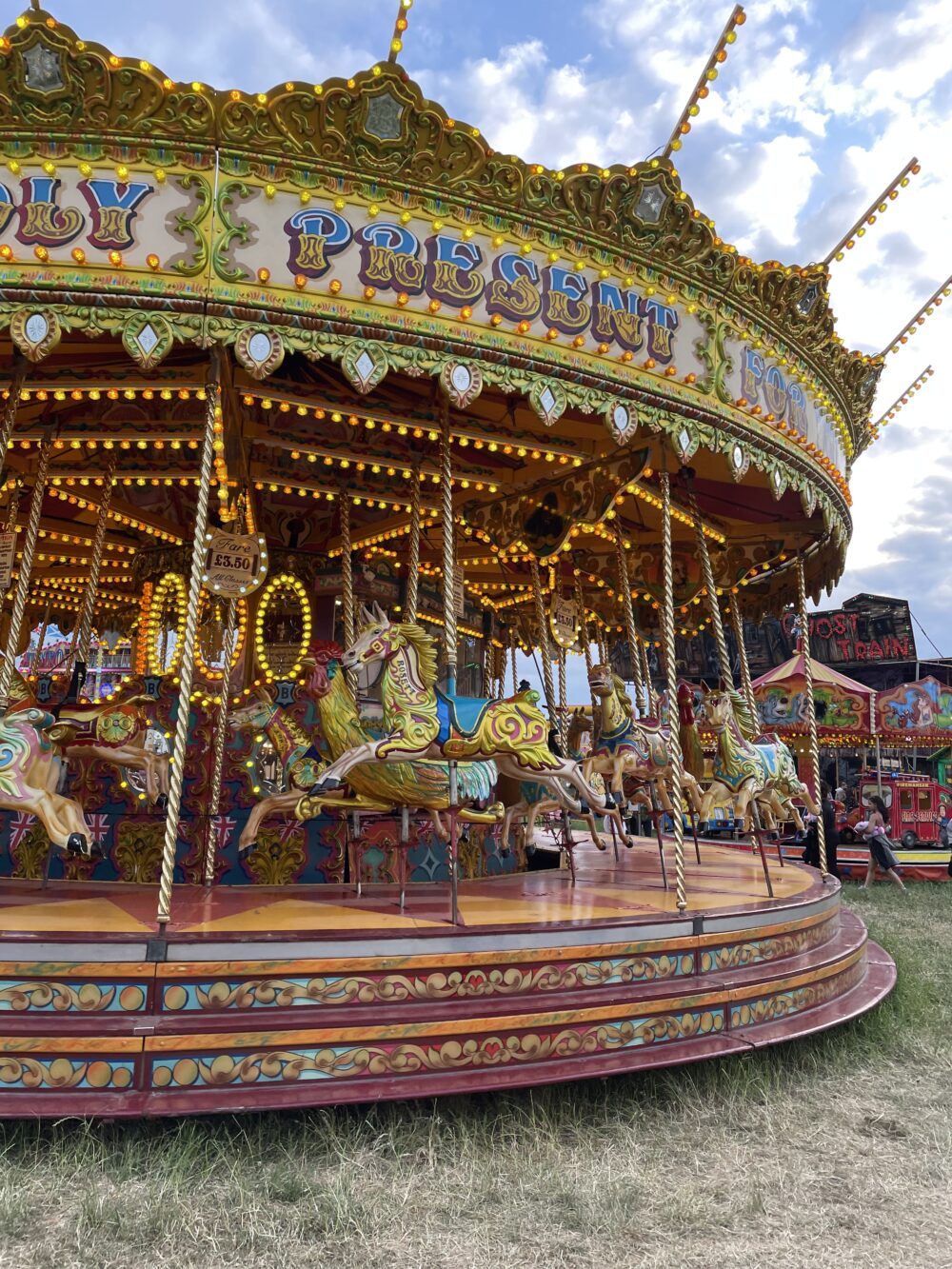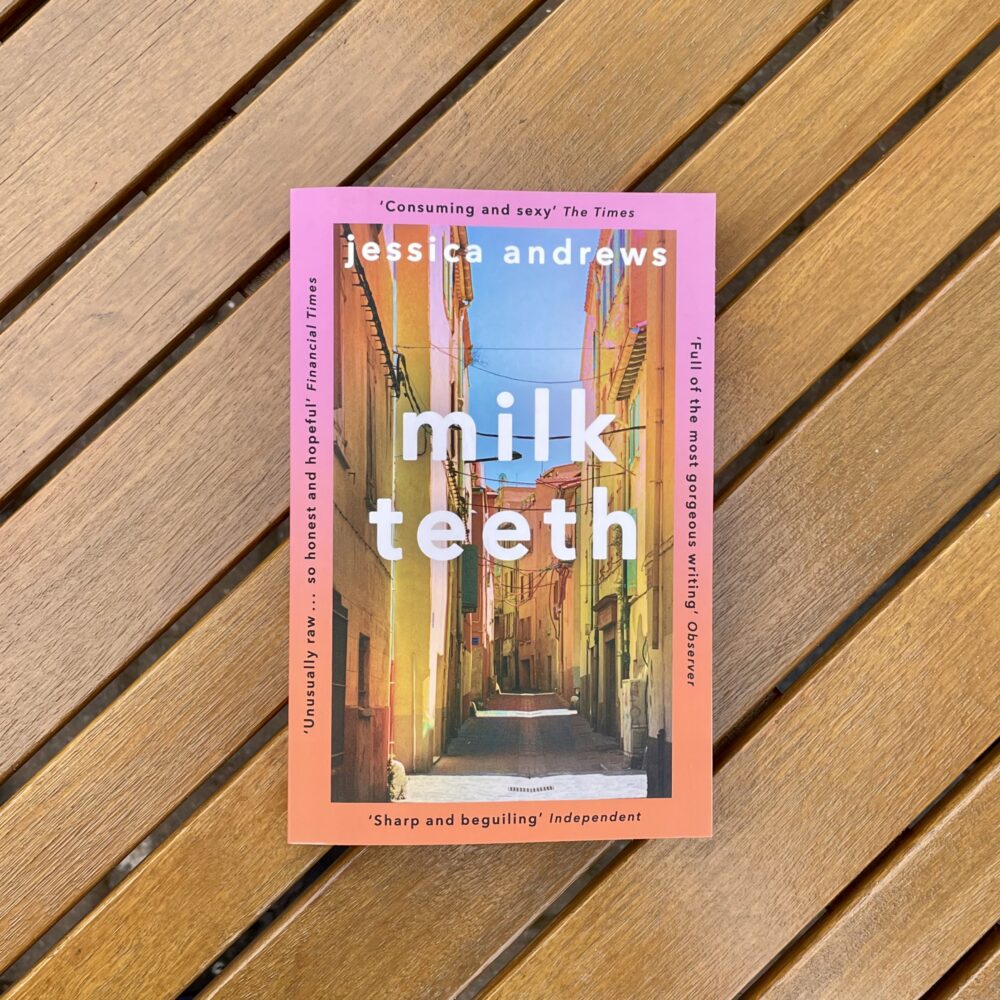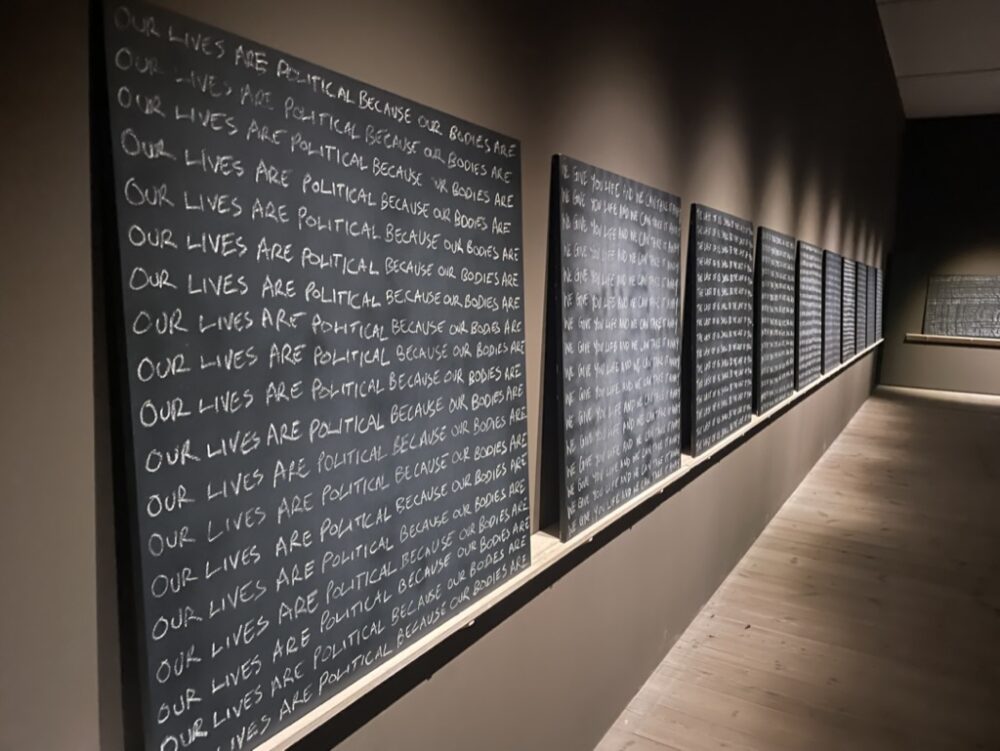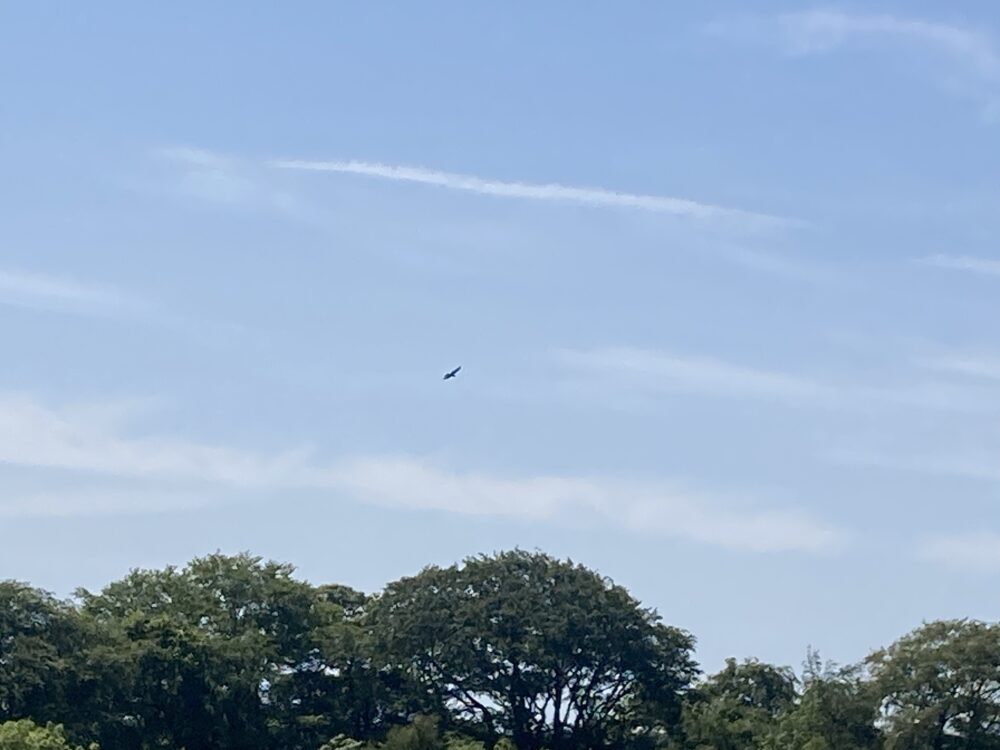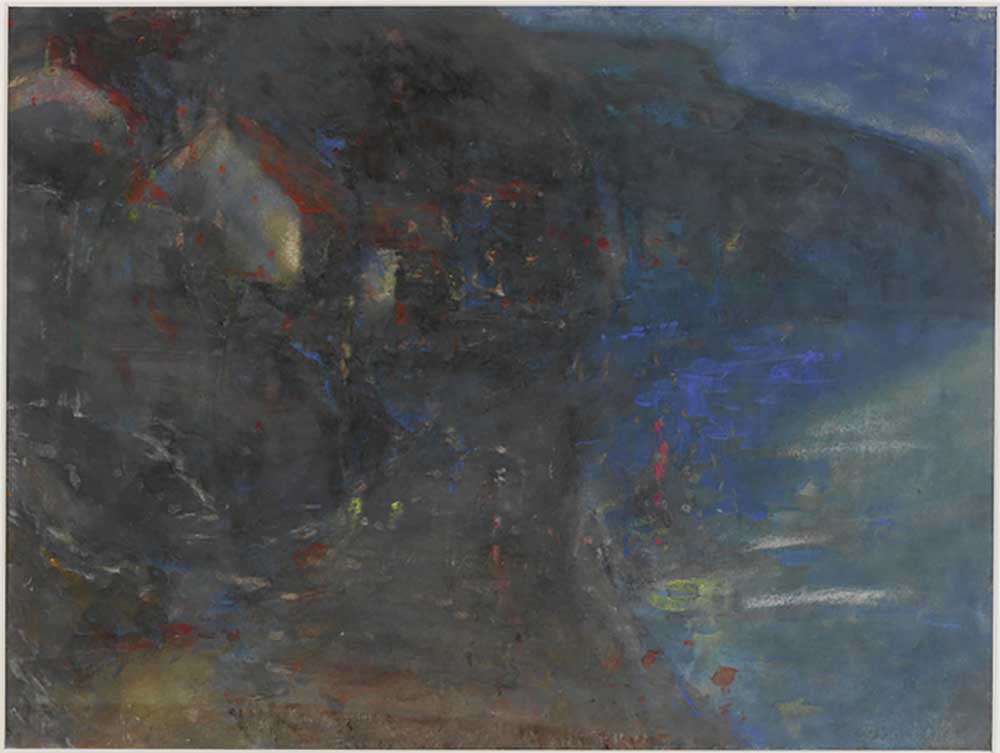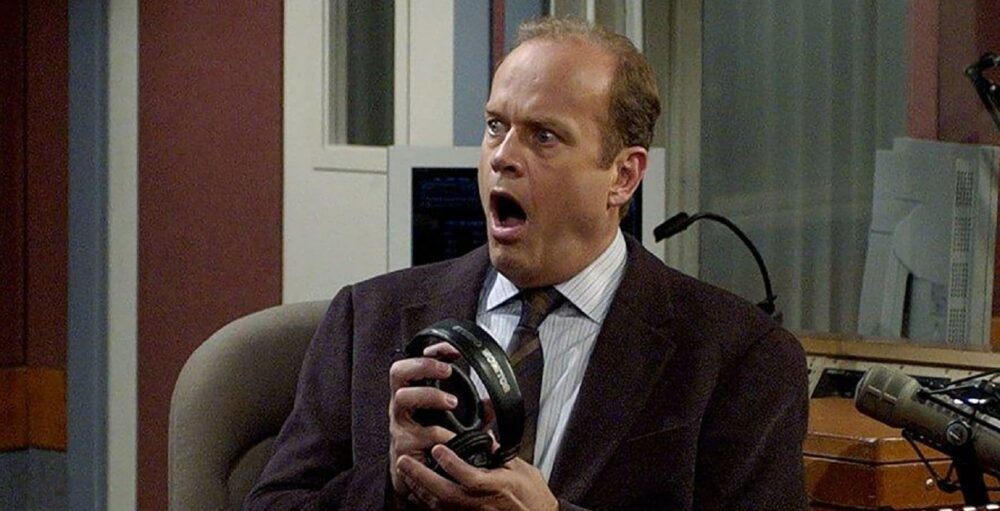Workplace jargon

I cannot stand workplace jargon and have developed quite a reputation for challenging or ridiculing it depending on my mood.
But as much as I abhor corporate nonsense words—inane and insane in equal measure—I enjoy being challenged on my deeply-held views. It is one of the key ways I learn and grow. I was therefore delighted to see that the Bartleby column in The Economist this week addresses the upsides of workplace jargon.
Firstly, though, I need to address an error in the column:
Doctors have a private vocabulary for patients when they are out of earshot. “Status dramaticus” is how some medics diagnose people who have not much wrong with them but behave as though death is nigh; “ash cash” is the fee that British doctors pocket for signing cremation forms.
The idea that this sort of unsympathetic, uncaring use of language is ‘the norm’ in my profession is a myth. It’s the sort of language that routinely gets called out, and which gives people an unsavoury reputation.
Regardless, the column cites two main benefits of jargon.
The first is ‘creating a sense of tribe and of belonging’. This may be true, but I do not see this as a virtue. This is essentially suggesting that an exclusive culture is preferable to an inclusive one. The column suggests that knowledge of the language confers ‘membership’, which might be fine in social groups, but is really quite abhorrent in the workplace. People ought to be included by dint of their employment in the organisation, and it is up to the organisation to welcome new recruits; they ought not to be excluded until they acquire ‘membership’ of the cult.
The second is ‘practical reasons’ such as ‘increasing efficiency’. It’s hard to understand how jargon increases efficiency if it excludes some staff members and—as the article cites elsewhere—frequently leads to errors and misunderstandings.
One of the organisations I currently work for is in the process of rolling out a programme to improve wellbeing, morale and a sense of inclusion in the organisation. Let’s imagine that they called it ‘Inclusion for Excellence’, which is not a million miles away from reality. I’m now deluged with corporate communications for the ‘I4E programme’ and seemingly no-one recognises the irony.
The most dangerous jargon of all is the language we don’t even recognise to be jargon. Some years ago, I led the response to an outbreak in a prison. The health services, me included, talked about ’vulnerable prisoners’, meaning those at higher risk of serious illness if they contracted the infection. The prison services heard us talking about ‘vulnerable prisoners’ and thought we meant those in special protection due to the risk of attack from other prisoners. We used identical shorthand for different groups of people.
I concede that I’m not totally opposed to jargon: it can indeed be a useful shorthand in situations where one can be certain that everyone understands what is meant. Everyone uses it, to some degree, every day.
But it is my fervent and unshakeable view that jargon is, for the most part, best avoided. Where unclear language is used and not understood (or misunderstood) it is a failure of the speaker.
And your chosen deity help you if you ever send me an email saying, without further explanation, that you’d like my input into
an innovative outsourced supply chain solution that will drive strategic alignment as we recalibrate towards business as usual
You’re unlikely to receive the reply you’d hoped for.
The image at the top of this post was generated by Midjourney.
This post was filed under: Post-a-day 2023, The Economist.
